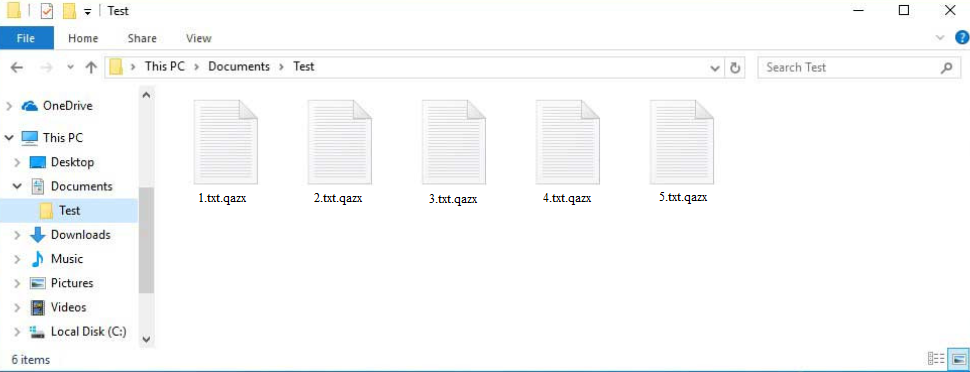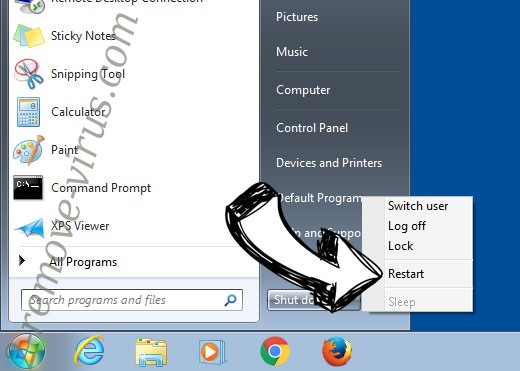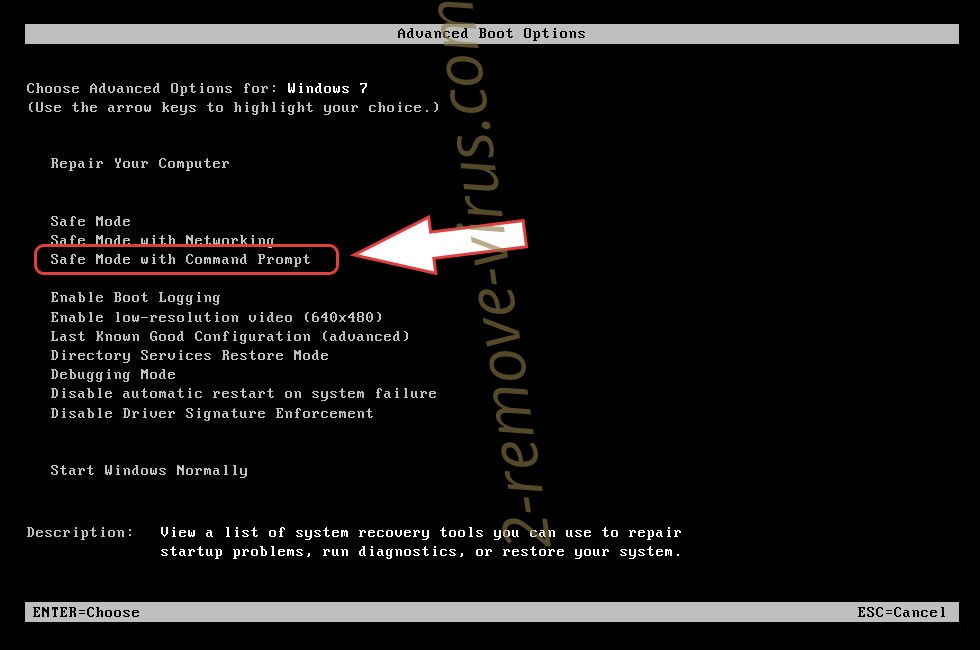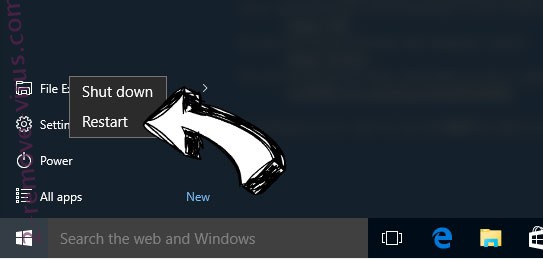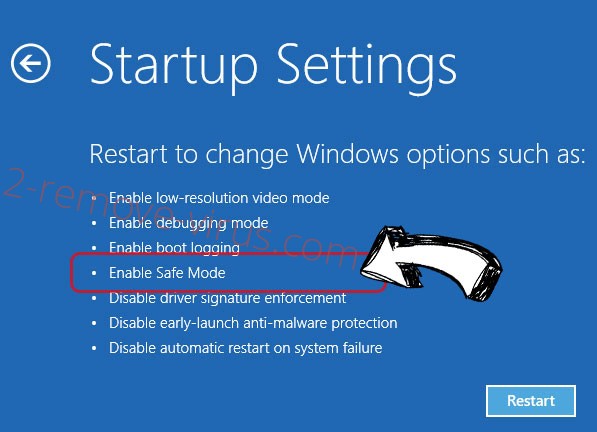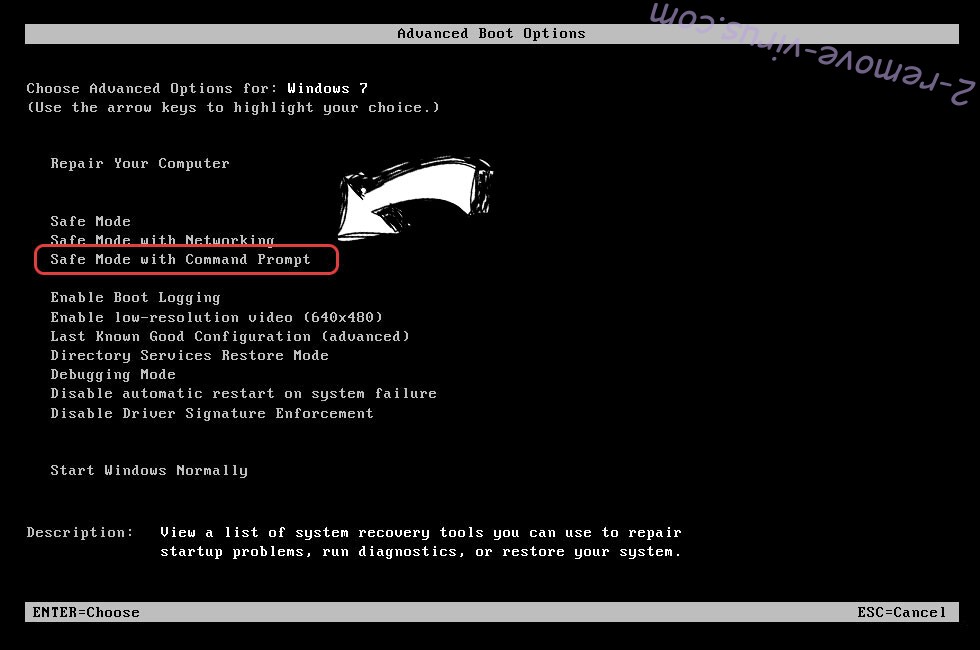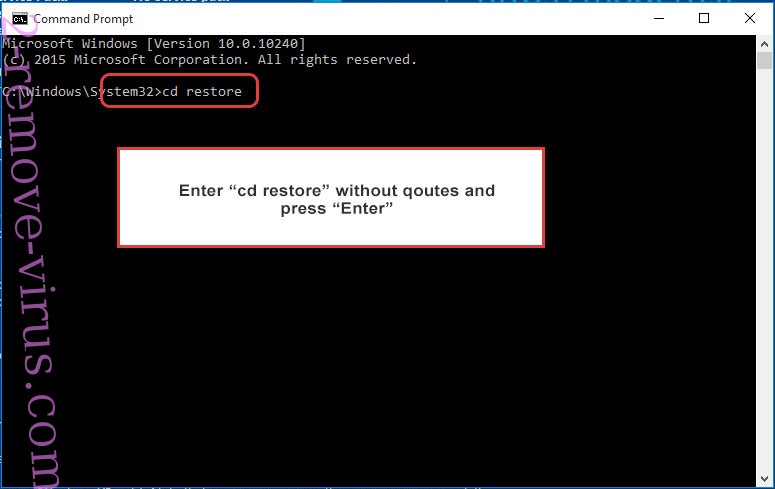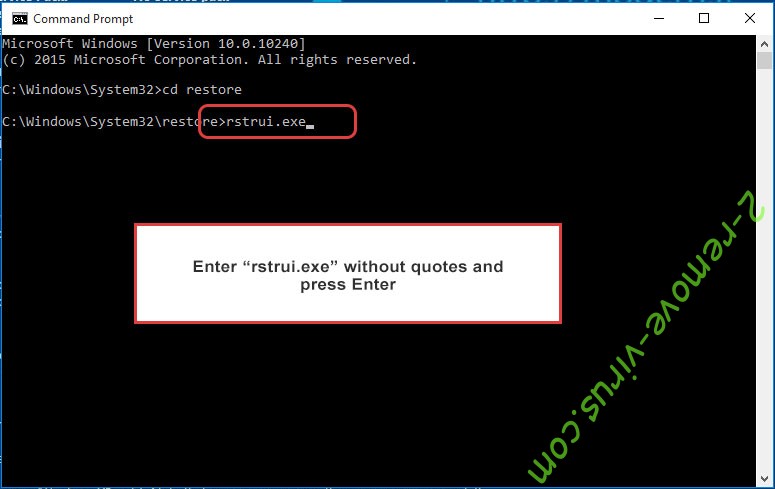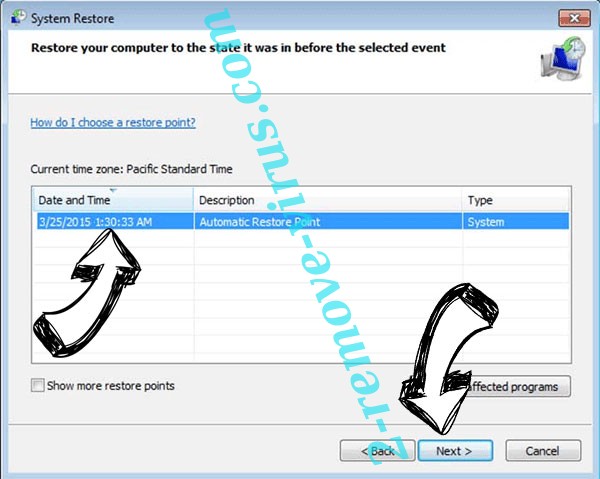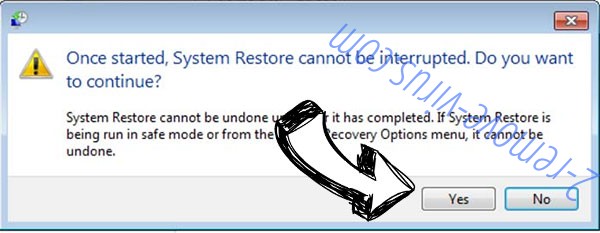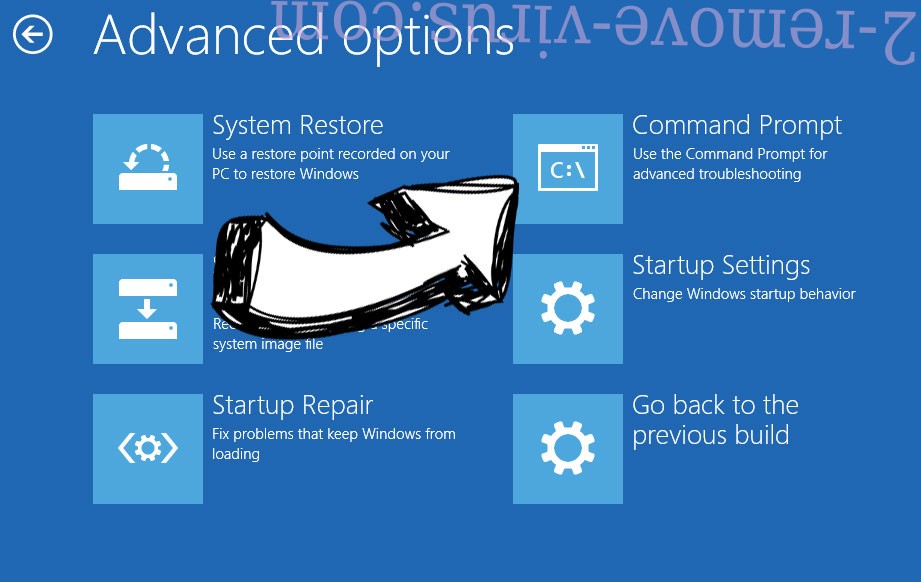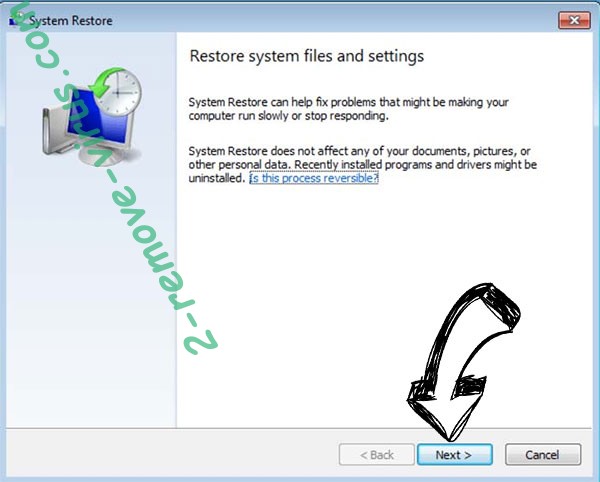Qazx ransomware is malware that encrypts files. It’s essentially another variant of the infamous ransomware known as Djvu/STOP. To put it simply, the ransomware will take your files hostage by encrypting them and then offer a decryptor for money. The ransomware can be recognized by the .qazx extension it adds to encrypted files. You won’t be able to open any of your personal files that have the extension as you’ll need to decrypt them first. You shouldn’t experience any issues with file recovery if you have backup copies of your files. Unfortunately, file recovery is not very likely if you don’t have a backup because there is currently no free Qazx ransomware decryptor. Although the malicious actors will offer to sell you a decryptor, giving in to their demands is risky.
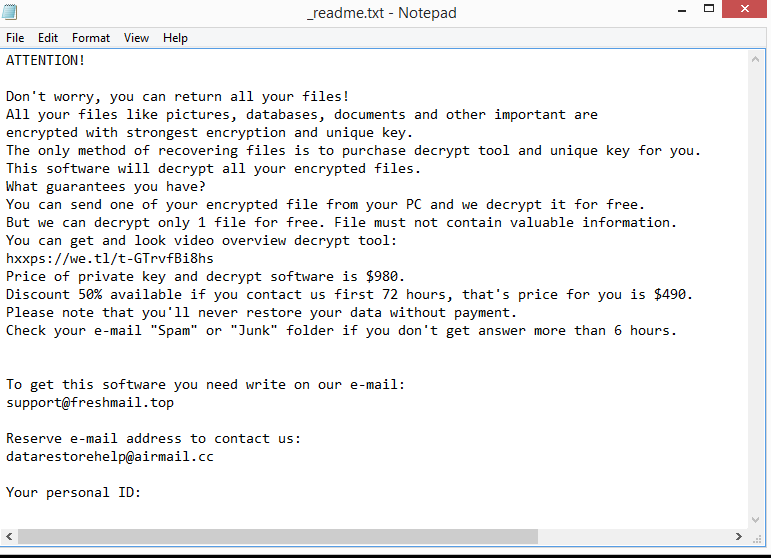
The Qazx ransomware is practically identical to Qarj, Qapo, and Cosw because they all come from the same ransomware family. They all add a different extension to encrypted files. This ransomware adds .qazx, hence why it’s dubbed Qazx ransomware. Once this ransomware is done, all your personal files (photos, videos, images, documents) will have this extension. For example, a text.txt file would become text.txt.qazx if encrypted. Unfortunately, unless you use a decryptor on them first, none of the files with this extension will be openable. Obtaining the decryptor won’t be easy because only the cybercriminals running this ransomware have access to it.
The _readme.txt ransom note that is dropped in every folder containing encrypted files provides an explanation for how to get the decryptor. The note is quite generic and largely the same as the notes left by other ransomware from this family. Given how similar the ransomware variants are, this is not surprising. It explains that you must pay the ransom in order to get the decryption program. The note states that victims who get in touch with the malicious actors during the first 72 hours will receive a 50% discount off the standard price of $980. Paying the ransom is risky, whether or not the discount claim is true. This is primarily due to the fact that, even after paying, a decryptor is not guaranteed. Remember that you are dealing with cybercriminals, and they probably don’t care if you get your files back or not. Plenty of victims who paid for decryptors in the past never received them. Paying the ransom also allows cybercriminals to continue with their activities.
File recovery should be simple if you have backups of the affected files. But you must first fully delete Qazx ransomware from your computer. Qazx ransomware removal should be done using anti-malware software because it is a very complicated infection that should not be handled manually. If you don’t know exactly what you’re doing, you could overlook some parts and the ransomware may be able to recover. Your backed-up files would also get encrypted if you connected to your backup while the ransomware was still active on your computer.
File recovery will be more challenging, if not now impossible, for users without backups. Waiting for a free Qazx ransomware decryptor to become available is the only option. Malware researchers will have a difficult time creating one because the Qazx ransomware encrypts files using online encryption keys. This means that the keys are unique to each victim, and malware experts won’t be able to create a functional decryptor unless they have access to the keys. Because it has happened before, it’s not impossible that cybercriminals may release those keys. A free Emsisoft Djvu/STOP decryptor is also available, but it only decrypts files of users whose keys Emsisoft has. Although it is unlikely to work with Qazx ransomware, it is still worth a shot.
Ransomware distribution methods
You are far more likely to get malware infections if you have bad online habits. Seemingly simple actions like downloading something from a torrent, clicking on an ad, or opening an unsolicited email attachment can lead to a serious malware infection. Developing better browsing habits is one of the best strategies to fight malware and avoid infections.
Cybercriminals like to use email, and more specifically email attachments, to spread their malware infections. They purchase the email addresses of potential victims from hacker forums, then send them emails with malicious attachments. Malicious actors pressure users to open the attachments by mentioning they’re important documents that need to be urgently reviewed, for example. If users open the attachments, they accidentally initiate the malware.
Fortunately, the emails are typically done quite poorly, making them simple to identify as malicious. Grammar and spelling mistakes are the most obvious. It’s pretty evident that an email is malicious when it claims to be a notification about a package delivery yet is jam-packed with mistakes. Another sign is a sender who should know your name using generic words like User, Member, Customer, etc., to address you. You will always be addressed by name in emails from companies whose services you use. You should be able to identify malicious emails quite simply as long as you pay attention and don’t rush to open unsolicited email attachments. You should also scan all unsolicited email attachments with anti-virus software or VirusTotal before opening them because certain emails could be more sophisticated than others.
It’s important to note that torrent sites frequently lack any kind of regulation, which makes it possible for malicious actors to post infected torrents. Malware is most frequently discovered in torrents for exceptionally well-liked entertainment content. For instance, the majority of the time when a highly anticipated movie is released, its torrents contain malware. So, using torrents to pirate copyrighted content involves not only stealing but also endangering your computer and data.
Qazx ransomware removal
We advise against attempting to manually remove Qazx ransomware because you risk causing even more harm. Use a good anti-virus program instead. You can start recovering files from your backup once the ransomware has been completely removed.
If you don’t have a backup, your only option is to wait for a free Qazx ransomware decryptor to become available. When a decryptor does get released, it would be posted on NoMoreRansom.
Qazx ransomware is detected as:
- CrypterX-gen [Trj] by Avast/AVG
- Gen:Variant.Zusy.452743 by BitDefender
- UDS:Trojan-Spy.Win32.Stealer.gen by Kaspersky
- Trojan:Win32/Wacatac.B!ml by Microsoft
- Gen:Variant.Zusy.452743 (B) by Emsisoft
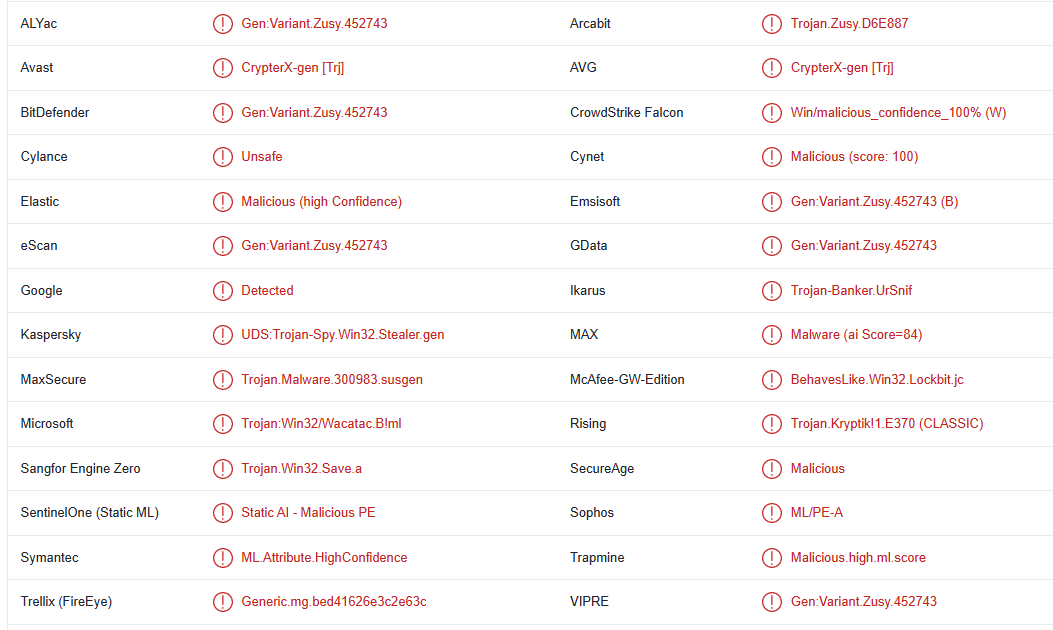
Quick Menu
Step 1. Delete Qazx ransomware using Safe Mode with Networking.
Remove Qazx ransomware from Windows 7/Windows Vista/Windows XP
- Click on Start and select Shutdown.
- Choose Restart and click OK.

- Start tapping F8 when your PC starts loading.
- Under Advanced Boot Options, choose Safe Mode with Networking.

- Open your browser and download the anti-malware utility.
- Use the utility to remove Qazx ransomware
Remove Qazx ransomware from Windows 8/Windows 10
- On the Windows login screen, press the Power button.
- Tap and hold Shift and select Restart.

- Go to Troubleshoot → Advanced options → Start Settings.
- Choose Enable Safe Mode or Safe Mode with Networking under Startup Settings.

- Click Restart.
- Open your web browser and download the malware remover.
- Use the software to delete Qazx ransomware
Step 2. Restore Your Files using System Restore
Delete Qazx ransomware from Windows 7/Windows Vista/Windows XP
- Click Start and choose Shutdown.
- Select Restart and OK

- When your PC starts loading, press F8 repeatedly to open Advanced Boot Options
- Choose Command Prompt from the list.

- Type in cd restore and tap Enter.

- Type in rstrui.exe and press Enter.

- Click Next in the new window and select the restore point prior to the infection.

- Click Next again and click Yes to begin the system restore.

Delete Qazx ransomware from Windows 8/Windows 10
- Click the Power button on the Windows login screen.
- Press and hold Shift and click Restart.

- Choose Troubleshoot and go to Advanced options.
- Select Command Prompt and click Restart.

- In Command Prompt, input cd restore and tap Enter.

- Type in rstrui.exe and tap Enter again.

- Click Next in the new System Restore window.

- Choose the restore point prior to the infection.

- Click Next and then click Yes to restore your system.

Offers
Download Removal Toolto scan for Qazx ransomwareUse our recommended removal tool to scan for Qazx ransomware. Trial version of provides detection of computer threats like Qazx ransomware and assists in its removal for FREE. You can delete detected registry entries, files and processes yourself or purchase a full version.
More information about SpyWarrior and Uninstall Instructions. Please review SpyWarrior EULA and Privacy Policy. SpyWarrior scanner is free. If it detects a malware, purchase its full version to remove it.

WiperSoft Review Details WiperSoft (www.wipersoft.com) is a security tool that provides real-time security from potential threats. Nowadays, many users tend to download free software from the Intern ...
Download|more


Is MacKeeper a virus? MacKeeper is not a virus, nor is it a scam. While there are various opinions about the program on the Internet, a lot of the people who so notoriously hate the program have neve ...
Download|more


While the creators of MalwareBytes anti-malware have not been in this business for long time, they make up for it with their enthusiastic approach. Statistic from such websites like CNET shows that th ...
Download|more
Site Disclaimer
2-remove-virus.com is not sponsored, owned, affiliated, or linked to malware developers or distributors that are referenced in this article. The article does not promote or endorse any type of malware. We aim at providing useful information that will help computer users to detect and eliminate the unwanted malicious programs from their computers. This can be done manually by following the instructions presented in the article or automatically by implementing the suggested anti-malware tools.
The article is only meant to be used for educational purposes. If you follow the instructions given in the article, you agree to be contracted by the disclaimer. We do not guarantee that the artcile will present you with a solution that removes the malign threats completely. Malware changes constantly, which is why, in some cases, it may be difficult to clean the computer fully by using only the manual removal instructions.
